Transform Your Backyard into a Thriving Ecosystem
Support local wildlife, improve soil health, and create a beautiful, self-sustaining environment using science-backed ecological methods.
Explore Ecosystem CoursesWhy Build a Backyard Ecosystem?
Creating backyard ecosystems isn't just environmentally beneficial—it results in lower maintenance, greater biodiversity, and more resilient landscapes that provide year-round beauty and wildlife viewing opportunities. Our science-backed approaches ensure success and sustainability.
- Ecosystem gardens support 300% more native wildlife than traditional landscapes.
- Properly designed ecosystems require 40% less maintenance after establishment.
- Documented improvement in local air and water quality.
- Integration methods suitable for any yard size from small urban to large suburban.
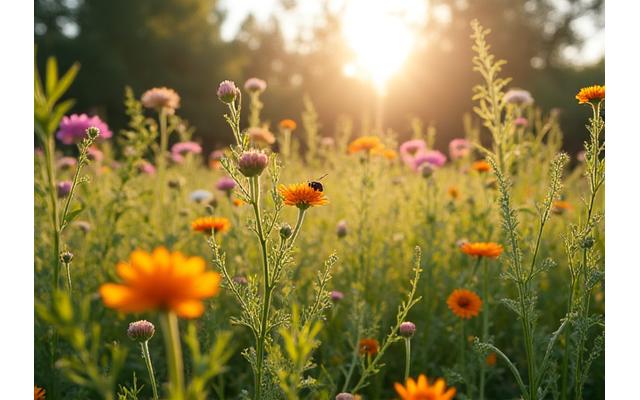
Backyard Ecosystem Creation—Science-Based Habitat Design
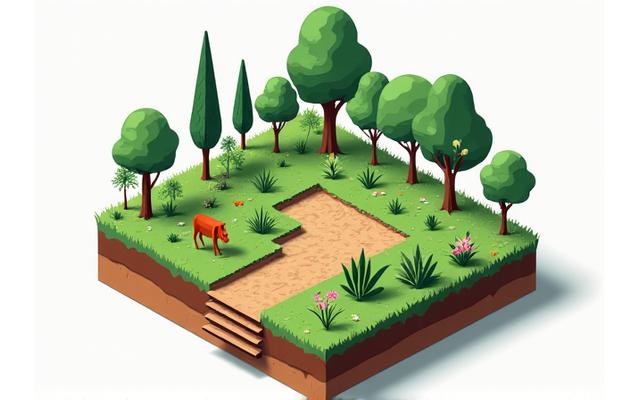
Discover the fundamental principles that govern functional ecosystems and learn how to apply them to your own landscape. We delve into understanding ecological niches, habitat layering from groundcover to canopy, and the critical role of soil microbiome development. Learn strategies for natural moisture management through integrated water cycles and how to design for year-round habitat support, honoring seasonal ecosystem dynamics unique to Colorado.
- Fundamental principles of ecosystem design and function
- Understanding ecological niches and habitat layering
- Soil microbiome development and healthy soil ecosystem creation
- Water cycle integration and natural moisture management
- Seasonal ecosystem dynamics and year-round habitat support
Creating Pollinator Gardens for Bees, Butterflies, and Beneficial Insects
Pollinators are vital to our ecosystems. Learn to design and cultivate vibrant pollinator gardens that attract and sustain native bees, butterflies, and other beneficial insects specific to the Colorado environment. Our guidance covers crucial native plant selection, planning for continuous bloom succession, and creating essential nesting habitats. You'll also explore integrated pest management strategies that nurture beneficial insect populations.
- Native plant selection for Colorado pollinators and beneficial insects
- Seasonal bloom succession planning for continuous pollinator support
- Nesting habitat creation for native bees and other beneficial insects
- Integrated pest management using beneficial insect communities
- Monitoring and documenting pollinator activity and garden success
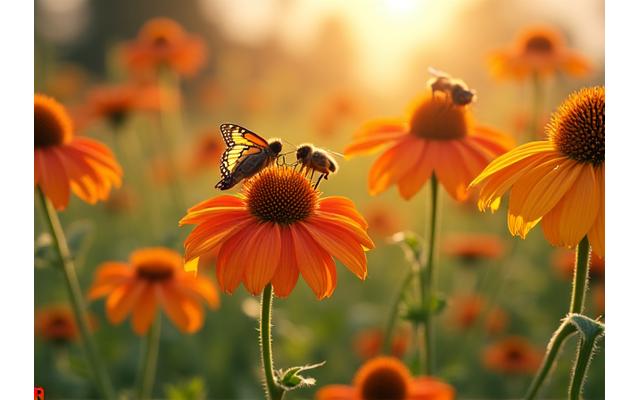
Multi-Layer Wildlife Habitat Design for Maximum Biodiversity
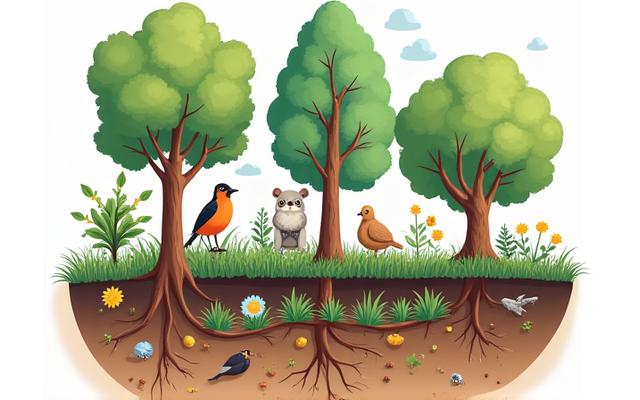
Maximize your backyard's ecological potential by designing a multi-layered habitat. We guide you through canopy layer planning with native trees for birds, understory shrub selection for nesting and food, and the importance of ground cover for small wildlife. Learn to integrate water features for drinking and bathing, and how to create natural shelters using plant structures and organic materials – all designed to foster maximum biodiversity.
- Canopy layer planning with native trees for bird habitat
- Understory shrub selection for nesting and food sources
- Ground cover and herbaceous layer for small wildlife and insects
- Water feature integration for wildlife drinking and bathing
- Shelter creation using natural materials and plant structures
Building Healthy Soil Ecosystems for Sustainable Garden Success
The foundation of any thriving backyard ecosystem is healthy soil. Our programs emphasize developing a robust soil microbiome, cultivating beneficial bacteria, and integrating effective composting systems. Learn how to promote mycorrhizal fungi, enhance the soil food web, and implement natural soil testing for effective amendment strategies. We equip you with the knowledge for long-term soil health monitoring, ensuring sustained success for your garden.
- Soil microbiome development and beneficial bacteria cultivation
- Composting systems and organic matter integration
- Mycorrhizal fungi promotion and soil food web enhancement
- Natural soil testing and amendment strategies
- Long-term soil health monitoring and improvement techniques
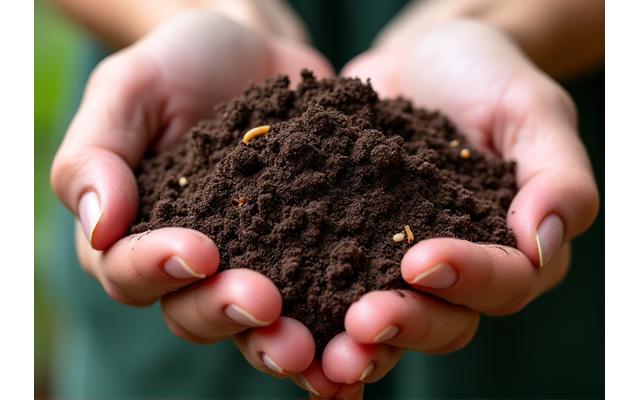
Maintaining Denver Sustainable Gardens for Long-Term Ecosystem Health

Learn the art of low-intervention maintenance that supports, rather than disrupts, your ecosystem's natural functions. We cover seasonal ecosystem management, mimicking natural cycles, and ecologically sound invasive species control. Implement water management systems that reduce runoff and mimic natural water flows. Our curriculum also includes practical monitoring techniques for assessing ecosystem health and tracking biodiversity, ensuring your Denver sustainable garden thrives for years to come.
- Low-intervention maintenance practices that support ecosystem function
- Seasonal ecosystem management and natural cycle support
- Invasive species management using ecological methods
- Water management systems that mimic natural cycles
- Monitoring techniques for ecosystem health and biodiversity
Documenting Your Ecosystem Success—Wildlife Tracking and Impact Measurement
Beyond creation, documenting your ecosystem's success allows you to truly appreciate its impact. We equip you with techniques for wildlife observation and tracking, providing resources for species identification and biodiversity measurement. Learn to calculate the environmental benefits of your efforts and utilize photography for ongoing ecosystem monitoring. Discover opportunities to contribute to community science initiatives, making your personal backyard a powerful part of broader ecological research.
- Wildlife observation and documentation techniques
- Biodiversity tracking and species identification resources
- Ecosystem impact measurement and environmental benefit calculation
- Photography and documentation for ecosystem monitoring
- Community science participation and data contribution opportunities

Ready to Design Your Own Living Landscape?
Learn ecosystem creation through our comprehensive wildlife habitat design course and transform your outdoor space.
Enroll in Our Wildlife Habitat Design Course